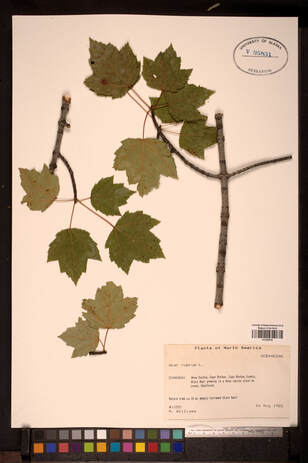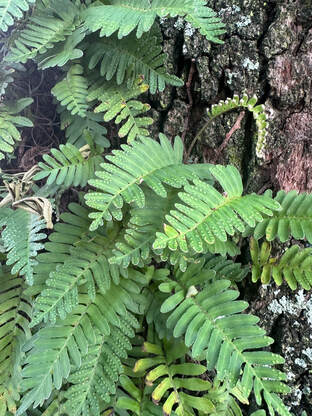University of california, Davis
Department of Entomology and nematology (nsf funded)
2023-2035
My postdoctoral research at UC Davis focuses on plant-insect interactions as they respond to climate change, specifically temperature and precipitation. To measure insect herbivore responses I am using paleobotanical methods for measuring insect herbivory via the damage type system on herbarium specimens and living host-plants. Insect damage data collected on herbarium specimens will aid in our understanding of phenology and insect herbivory within a changing world, while insect herbivory collected on living host-plants will allow us to mechanistically test the effect of drought. Utilizing the UC Davis arboretum and a newly installed drought experiment, we can mechanistically test the effect of water treatments on insect herbivory. Changes in temperature and precipitation are important abiotic variables that are projected to drastically change in the near future and thus are important to quantify as they alter plant-insect interactions.
This project is unique as it will fill crucial gaps in our collective (paleontological and modern) knowledge about plant-insect interactions under climate change and better frame modern interactions within an evolutionary context.
This project is unique as it will fill crucial gaps in our collective (paleontological and modern) knowledge about plant-insect interactions under climate change and better frame modern interactions within an evolutionary context.
University of Maine
Climate Change Institute (NASA ExoBiology funded)
2022-2023
My postdoctoral research focuses on understory fern communities, and their success following disaster and disturbance events. Ferns have been recorded via spores within the geologic record following mass extinction events and after modern events such as volcanic eruptions, with few hypotheses as to why ferns are so successful within these habitats. The mechanistic drivers behind this relationship has been viewed through a competition or antagonistic lens of ecology, focusing on how communities out preform others. However, it is more likely that fern communities act as facilitators of community assemblage with positive plant-plant interactions.
These dynamic relationships are not stagnant, responding as the forest landscape changes. As such, fern facilitation likely drives to the eventual extirpation or restriction of ferns within the landscape they facilitated the restoration of.
These dynamic relationships are not stagnant, responding as the forest landscape changes. As such, fern facilitation likely drives to the eventual extirpation or restriction of ferns within the landscape they facilitated the restoration of.

